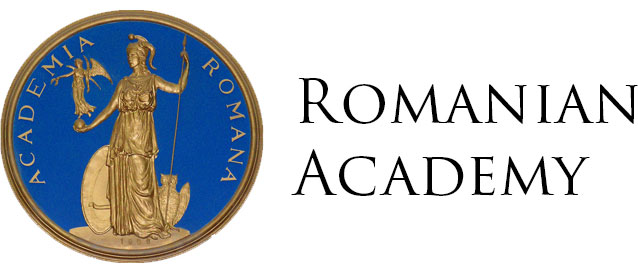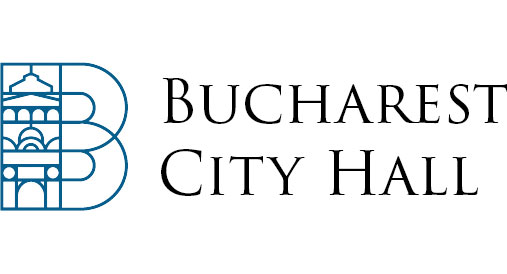Day Tour S1: History of Horticulture in Europe
on May 14th, 2024
08:45 am - Departure to the first visit site
A bilingual tour guide will accompany participants during their trip.
09:00 – 11.00 visit the National Museum of the Village "Dimitrie Gusti", Bucharest
Site visit
On the shores of Lake Herastrau, right in the middle of Romania's capital, visitors from all over the world have the joy of encountering a real "village", with monuments and artifacts from the 17th century to the early 20th century. Representative buildings from important ethnographic areas have been given a second life at the National Village Museum "Dimitrie Gusti".
The creation of the Village Museum is the result of intense and sustained theoretical and field research, of museographic experiments, for over a decade, coordinated by Professor Dimitrie Gusti, founder of the Sociological School in Bucharest. As head of the Department of Sociology at the University of Bucharest, Gusti organized between 1925-1935, with specialists from various fields (sociologists, ethnographers, folklorists, geographers, statisticians, physicians) and his students, monographic research campaigns of an interdisciplinary nature in a relatively large number of villages (Fundu Moldovei - Suceava county, Nereju - Vrancea county Dragus - Brasov county, Dragomiresti - Maramures county, Clopotiva - Hunedoara county, Runcu - Gorj county, Rusetu - Buzau county etc.).
The elaboration of new strategies for the development of heritage, together with the need to increase the exhibition space of museum, led to the expansion of the area dedicated to the display of monuments, from 4.5 ha, as it was in 1936, to 9 ha, and to the growth and diversification of the collections. The heritage in the open-air exhibition is enriched, reaching a total of 62 complexes of folk architecture (compared to 33 in 1936), with 223 buildings (40 houses, 165 outbuildings, 3 churches, 15 technical installations and craft workshops), totalling an inventory of 17.000 objects, among the monuments acquired from the field were households and houses in the areas of Suceava, Vaslui, Vâlcea, Constanța, Alba, Hunedoara, Maramureș, etc.
https://muzeul-satului.ro/en/despre-noi/istoric-muzeul-satului/
https://www.facebook.com/muzeulsatului



11:00 – 13.00 Departure to the second visit site
The Golesti Museum
13:00 - 14:30 – Lunch - The Museum of Viticulture and Fruit Growing Golești, with the support of
the National Research & Development Institute for Biotechnology in Horticulture Stefanesti –
Arges
National Research & Development Institute for Biotechnology in Horticulture Stefanesti – Arges, NRDIBH (https://incdbh-stefanesti.ro/ ) has 65 years of experience in genetics, molecular biology, and plant breeding of horticultural species, breeding activity of horticultural species – table grape varieties, wine grape clones, tomato varieties; molecular biology research: biotechnologies of in vitro regeneration in vines, ornamental, aromatic and medicinal plants, other species with restricted distribution areas; DNA extraction; the use of genetic markers to determine the degree of similarity and variability; verification of identity, uniformity, and genetic stability by molecular methods (RAPD, SSR); procedures for obtaining virus-free vine plants; innovative, precision technologies for horticultural species; owner of the national collection of viticultural germplasm.
A traditional research-development activity that is carried out in the institute is regarding viticulture and winemaking. The tour includes a wine-tasting experience featuring wines produced in the Ștefanești area.
The Golesti Museum was established in 1939, by law no. 296/7 June, promulgated by royal decree, signed by King Charles II. It’s name was “The Dinicu Golescu Museum”. Museum heritage includes medieval ensemble, consisting of: The Golesti Manor, The Golesti Public Free School, The (Watch) Tower, The Hospital Radu Golescu, The Turkish Bathroom and outbuildings, in whitch were arranged The Ethnography and Folk Art Section and The Golesti History Exhibition.
The title Golesti Viticulture and Tree Growing Museum was established by law no. 311/2003. The institution is located in the Stefanesti town, Arges, street Radu Golescu, on route 7 Pitesti-Bucharest, at 11 Km far away from Pitesti City, with an area of 14 ha, where the museum heritage is divided in two major museums: The Open-Air Section and The History – Ethnography Section.






14:30 – 16:30 - Visit The Museum of Viticulture and Fruit Growing Golești
The Golesti Museum was established in 1939 by law no. 296/7 June, promulgated by royal decree, signed by King Charles II. Its name was “The Dinicu Golescu Museum.” Museum heritage includes a medieval ensemble consisting of The Golesti Manor, The Golesti Public Free School, The (Watch) Tower, The Hospital Radu Golescu, The Turkish Bathroom, and outbuildings, in which arranged The Ethnography and Folk Art Section, and The Golesti History Exhibition.
The title Golesti Viticulture and Tree Growing Museum was established by law no. 311/2003. The institution is located in the Stefanesti town, Arges, street Radu Golescu, on route 7 Pitesti-Bucharest, 11 Km far away from Pitesti City, with an area of 14 ha, where the museum heritage is divided into two major museums: The Open-Air Section and The History – Ethnography Section.



16:30 - Departure to Bucharest (1.45 h drive)
18:15 – Arrival in Bucharest
Please register before 31 March 2024! The technical tours have limited places.
*100 seats available
**Contact person- Ana Butcaru +40733520694; anabutcaru@gmail.com








